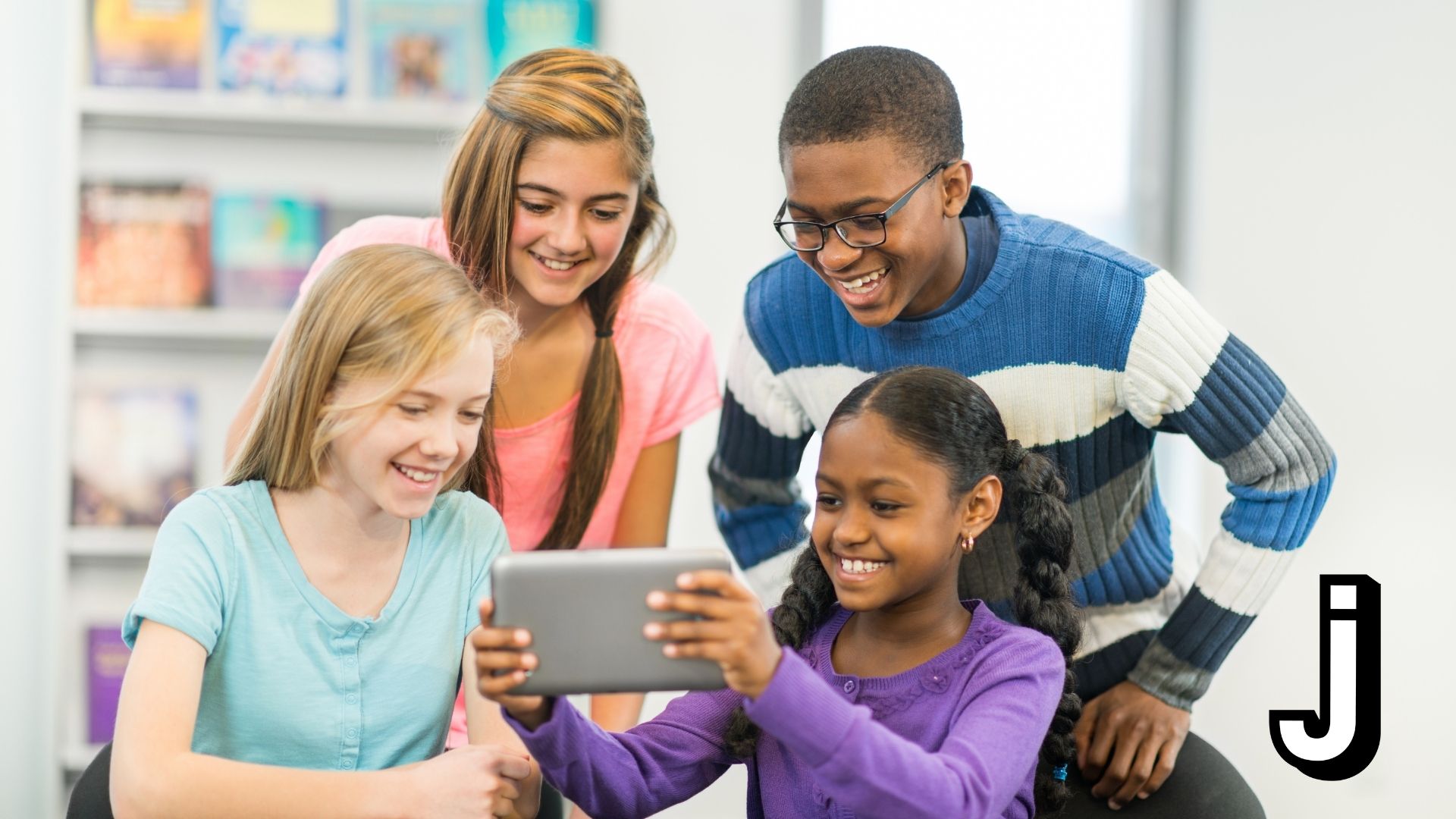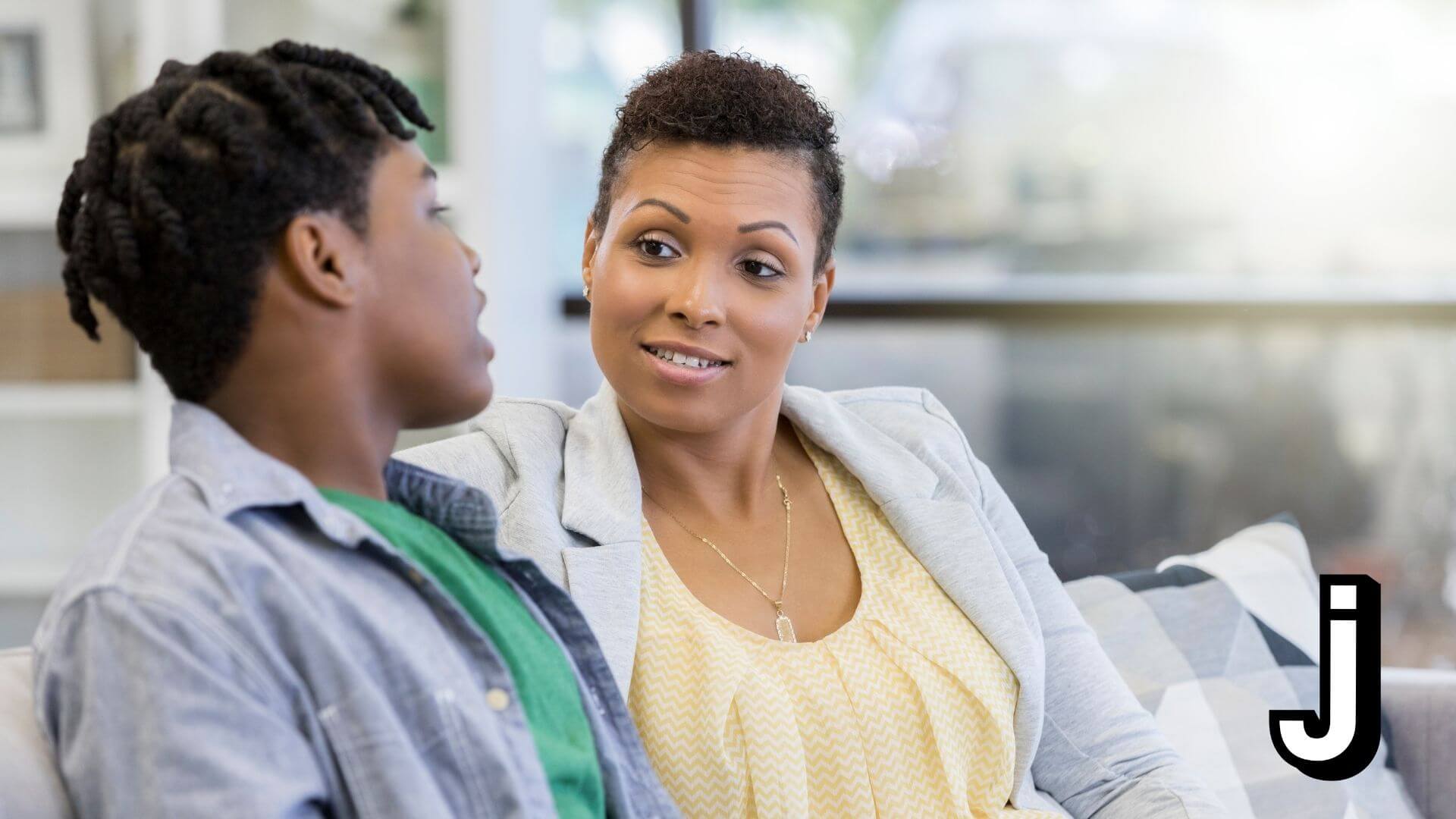It’s common for students to grow up in a sort of bubble. They go to the same school every day, see the same people, visit the same stores, and many don’t leave their town for more than a once or twice a year vacation.
Understandably, these students are mostly focused on what goes on inside their own bubble. Is that so bad? Well, in some ways it can be. There is so much more going on in our world that students are missing. Things like politics, scientific nuances, and trends in arts and fashion to name a few.
Schools have a responsibility to expose students to more and teach them about what is happening in the extended world. But how do we achieve this goal? We can do this by incorporating current events into our daily lesson plans.
Don’t worry! We’ve put together some ideas to get you started. Check out these 5 strategies for incorporating current events in your classroom.
Why Should You Teach Current Events Across Multiple Subjects?
Some might argue that current events are already being taught in our social studies classes, yet this isn’t enough. If we only teach what applies to our social studies curricula, then we’re disregarding a ton of other issues that are going on in the news and in our world.
Current events can connect to all areas of life and therefore should be included across multiple subjects. Art classes can discuss current trends in galleries around the world. Science classes can discuss new discoveries or explorations. English classes can use media literature to introduce a multitude of different topics.
Tying in topics discussed on last night’s news channel in the classroom can pique the interest of students and get them involved in important issues at an earlier age. This allows students to form educated opinions on world topics and be more prepared and have more confidence to engage in important discussions.
How Do Current Events Help Prepare Students For the Future?
Learning current events in the classroom can teach our students important skills to help prepare them for their future. Reading something in the news can leave you wanting to know more. This is a wonderful way to teach students how to continue the research and find the facts.
We can use current events to teach kids how to find sources and how to determine whether they are reliable and unbiased. Students can learn to recognize fact from fiction and better navigate social media platforms where anyone can present information.
Exposing students to a variety of current events topics can increase interest in things they never would have researched on their own. This can open more doors and provide more options for career paths or personal interests.
And most importantly, these students will learn more about different cultures, religions, conflicts, food, and celebrations across the world that are different from their own. It increases empathy and connection with people they’ve never met or previously didn’t understand.
5 Ways to Incorporate Current Events into Your Daily Lesson Plans
We promised we would help you get started, so here are 5 creative ideas to help you incorporate current events in your classroom right away.
#1 Use a News Article to Warm Up the Class
Class warm-ups are a great way to get the juices flowing. Choose an article that relates to your lesson that day, the overall subject you teach, or something new and exciting that can start a class discussion. Have the article on each desk or on your virtual classroom agenda for students to start reading as soon as they enter your classroom. Follow up with a few discussion questions to encourage participation from the very start of class.
#2 Have Students Create Their Own Podcast
Podcasts have become pretty popular over the years and I’m sure most students have listened to at least one or two. Having students create their own podcast on a current events topic can allow them to research something new and gain more insight or interest in world events. Provide a topic list for students to choose from or allow them to come up with their own. This can be a creative spin on your typical research project.
#3 Replace Your Literature With News-Based Articles
Building reading comprehension and vocabulary skills is a must, but the literature you use to teach it can be pretty flexible. Using news-based articles to teach these skills is an easy way to expose students to relevant topics that are happening around them. Not only are students gaining these significant reading skills, but these articles can also open the doors to meaningful discussions and debates about world topics.
#4 Newspaper Scavenger Hunt
This activity can be done in any classroom and can bring some fun and excitement to topics that may initially seem uninteresting. Provide each student with a newspaper or group students together. Have a list of things for your students to look for as they read. For example: Find a sentence that discusses a place in the world you’ve never been before, find a story about a person who achieved something significant, or find a picture of a type of food you’ve never tried.
#5 Create an Article Mix and Match
Find a handful of current events articles with pictures and headings. You can choose articles that pertain to your lesson plan or the subject you teach. Cut out the pictures, titles, and headings and mix them all up. Students then read the content of the articles and work together to try and match the pictures, titles, and headings to the correct story.
How The Juice Does Current Events
Knowing how crucial it is to include current events in your daily lessons is the first step. Deciding how you want to do this is next. But actually finding the resources and materials can be a bit harder and pretty time-consuming. That’s where we come in!
The Juice offers an exceptional curriculum with news-based articles ready to go and delivered to your inbox every morning! You won’t have to spend extra time reading through article after article to find something suitable for your students.
Our non-biased, informative articles are split into different reading levels and include vocabulary practice, a wide variety of current events topics, STEM-related teaching videos, and standards-based discussion questions. The work has been done for you! So if this sounds like something you’d like to add to your class, check out our homepage to find out more.



